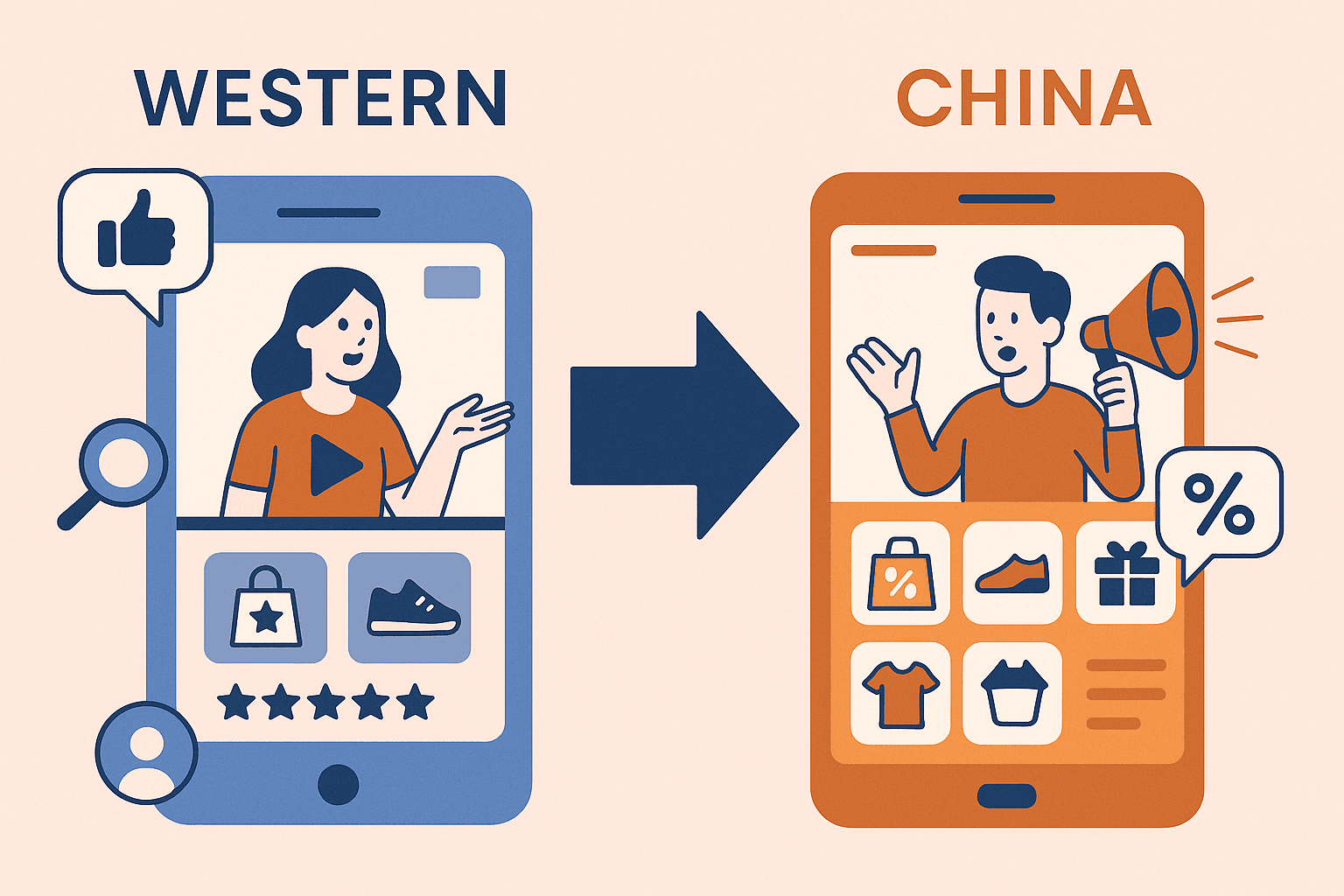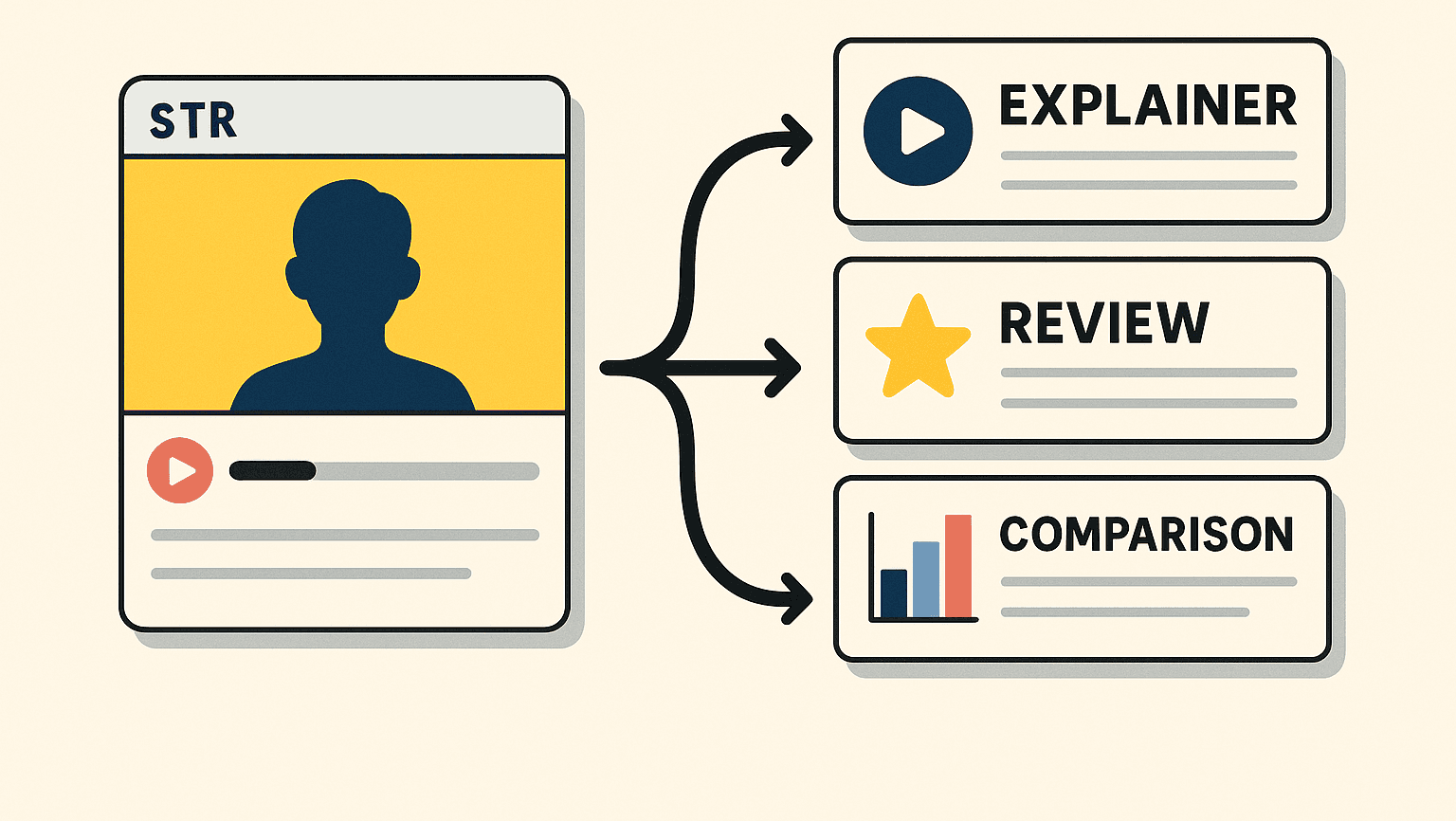Stop Chasing Fads: Build for the Economies of Demand

Stop Chasing Fads: Build for the Economies of Demand
TL;DR
- Trends fade; demand spaces persist. Design offers around lasting needs, not viral spikes. Every brand wants to be the next big thing, but the big thing usually turns into yesterday’s meme faster than you can say “pivot.”
- Insurgents win with sharp value in one demand space. Clarity beats breadth for early traction. Consumers remember a single strong reason to care, not a buffet of semi-relevant promises.
- Expand with adjacency logic. Add features or product lines that reinforce your existing value space—think of it like building a brand ecosystem, not a random galaxy.
Why This Matters Now
In a world obsessed with the “next big thing,” the brands that actually endure are those that commit to a timeless value exchange. When everyone else is chasing TikTok trends or AI buzzwords, steady players quietly build what people consistently need—health, convenience, affordability, and experience.
This is the difference between momentary attention and compounding trust. Hot trends might fill the funnel, but durable demand fills your balance sheet.
What to Do This Month
- Pick one demand space to own. Write its value thesis in one clear line. (If you can’t, you haven’t defined it yet.)
- Audit your current offering. Which features or messages reinforce that thesis? Which don’t? Trim the fluff mercilessly.
- Run proof experiments. Before scaling a new initiative, prove it actually enhances your core demand space. Measure uplift in relevance or repeat usage—not just short-term clicks.
A practical tip: if a new idea doesn’t strengthen your existing story, it’s probably a distraction in disguise.
Evidence & Caveats
Bain & Company highlights that insurgent brands outperform incumbents by aligning to durable “economies of demand.” These are long-term growth territories built on enduring consumer motivations. Health isn’t a fad. Convenience isn’t going out of style. Experience, once earned, becomes the moat your competitors can’t easily cross.
Of course, flexibility matters. Demand spaces evolve. What counts as “convenience” today may look like “automation” tomorrow. The trick is to evolve within your chosen space—not abandon it for whatever’s trending.
FAQs & Objections
Won’t we miss hot trends?
You can still test them—just don’t let them hijack your strategy. Think of trends as appetizers; they can spark interest, but they shouldn’t replace your main course.
What if my industry is inherently trend-driven?
Then treat trends as vehicles, not destinations. Use them to draw attention to a consistent brand promise. For example, a beauty brand can experiment with viral formats while staying anchored to “confidence through clean ingredients.”
How often should I revisit my demand space?
Quarterly reviews are enough. You’re aiming for evolution, not reinvention. (Reinvention every month just confuses your audience—and probably your marketing team too.)
The Bigger Picture
Marketing’s real challenge isn’t speed—it’s direction. The temptation to chase cultural waves is strong, but every sprint away from your core weakens your ability to build compound equity. Great strategy isn’t about being everywhere; it’s about being irreplaceable somewhere.
So, build for the economies of demand. Because when the hype dies down—and it always does—your brand should still make sense.
(And if your strategy meeting includes the phrase “let’s go viral,” kindly redirect it to “let’s go valuable.”)
Read similar content
References (1)
Similar topics

Speed Is a Feature: Site, Support, and Delivery That Convert
Operational speed—page loads, helpful support, clear delivery—now decides who wins the cart.

Loyalty That Changes Behavior (Not Just Points)
Design rewards and service advantages that make people act differently—return more, spend more, advocate more.

Beyond #Ad: Why Affiliate + Long-Term Creators Are Eating Paid Social
One-off influencer posts are dying; long-term creator relationships and affiliate engines now outperform traditional paid social.

Social Commerce Is Growing Up: What to Copy (and Not) from China
Western social platforms are finally maturing into real shopping ecosystems—but China’s playbook isn’t a template, it’s a teacher.

Creators as the New SEM: Build Searchable Trust, Not Just Impressions
When creators become media channels, brands win by making their content discoverable, trustworthy and measurable—not just viral.

Design for Stream→Search: Sequencing Content That Survives the Algorithm
Why brands need content ladders that move people from passive scrolling to active searching—and how to build sequences that compounding attention.